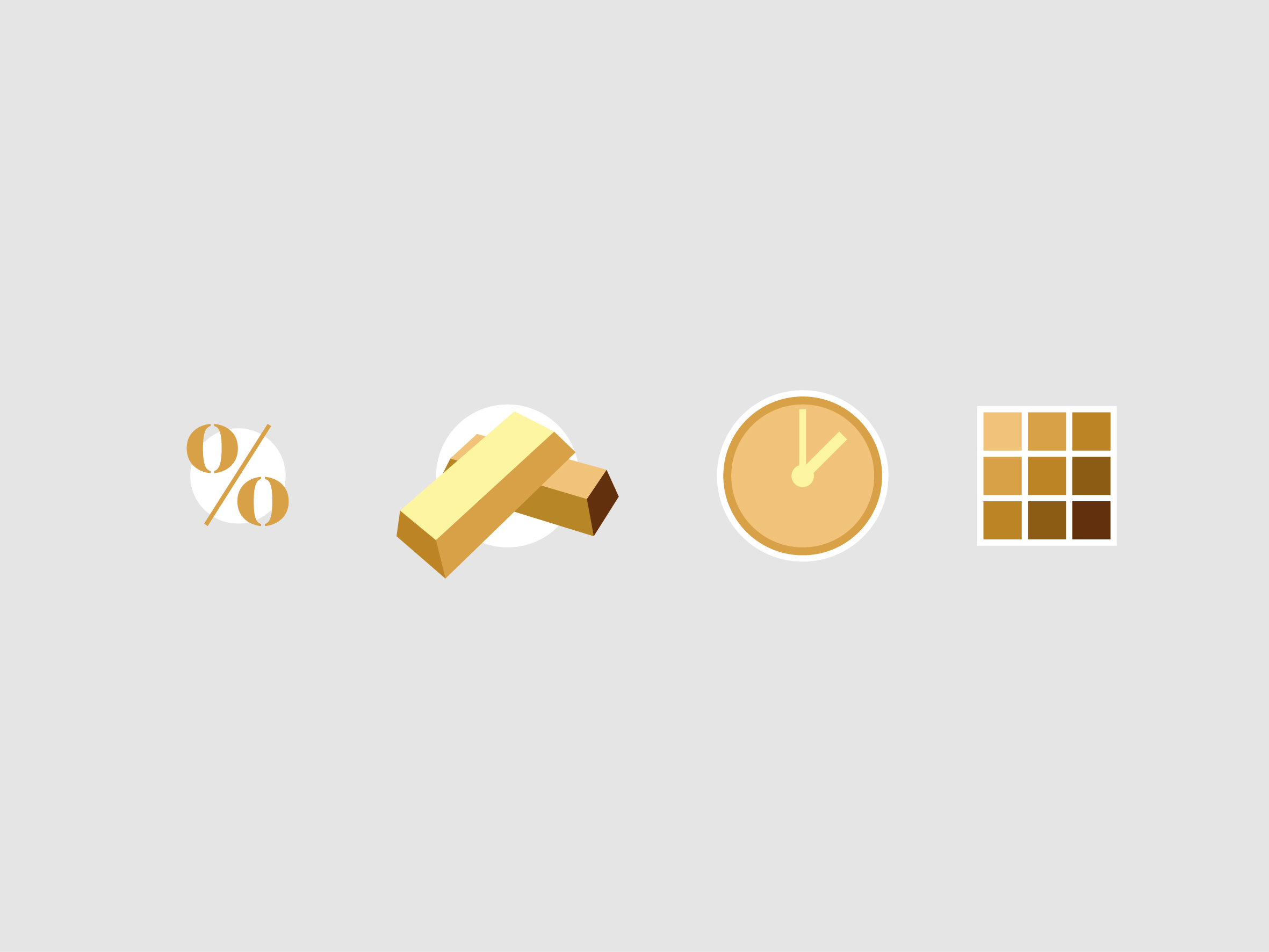Blog | Explaining the architectural fee

According to the standard client and architect agreement published by the Australian Institute of Architects, there are three traditional methods by which an architect can charge fees to her client:
- Percentage fee
- Lump sum fee
- Hourly rates[1]
There’s a fourth method that’s emerging amongst younger practices, inspired by the lean startup strategy and the practice of web-based design platforms like Elto:
- Incremental tasks
The percentage fee is the most common method used by architects, however it’s rare in other professions. Potential clients are often unfamiliar with it, and almost guaranteed to ask for an explanation of its logic. Some also question its implied conflict of interest, where the architect is incentivised to inflate the client’s budget to in turn inflate her own fee.
Despite these hurdles, the percentage fee is my preferred method and the one we generally use at Mihaly Slocombe. This preference can be traced back to our university studies, where various architecture practice lecturers recommended its fairness and transparency. They dismissed the conflict of interest issue, pointing out that most service providers face the same challenge, be they dentists or lawyers or mechanics. Many years ago, the Australian Institute of Architects also published a percentage fee scale, further cementing it as the architect’s fee method of choice.[2]
When we started our practice, the percentage fee was in essence the default method, and it has continued that way since. My interest in exploring this subject now stems from an issue that I believe is only just entering mainstream discourse. An architect is a service provider, not a builder, yet her profitability is tied to the buildings she instructs others to make. Shouldn’t her fees be instead tied to the work she does?
The percentage fee is predicated on the idea of a direct correlation between the cost of a building and the amount of work it requires to design and document. But the very nature of the construction market assigns inconsistent costs to buildings. Factors well outside the architect’s control – things like a builder’s need for work, or how thoroughly he understands her documents – can influence how much it costs to build. These factors don’t affect the amount of work required of the architect, but they do affect her profitability. The quantity surveyor I use across all of our projects, Geoffrey Moyle, has reflected on more than one occasion that this arrangement is madness.
The issue runs even deeper however. As I discussed in my review of the recent Australian Institute of Architects national conference, the future of the architecture profession is unclear. Thomas Fisher suggested in his keynote address that the scope of an architect’s services is becoming increasingly untethered from the built environment. Is the administrative structure that surrounds and facilitates the percentage fee method not then hindering architects to exploit this transition? Is there a better way to link an architect’s remuneration to the broader value of her services?
I’m intrigued therefore to assess the benefits and disadvantages of the four fee methods. Notwithstanding my general use of percentage fees, I’m not convinced of its universal suitability. Certainly, I don’t believe there’s a single correct solution for all architects. Some methods will suit particular architects / clients / projects better than others.
Continuing on Monday next week, this series of five articles will aim to provide clarity on each fee method. I will analyse them from the points of view of both the architect and the client, and ask how well they tie an architect’s income to the value of her labour.
An archive of the series can be accessed here.
Footnotes:
- A copy of the client and architect agreement can be downloaded here. Membership with the Australian Institute of Architects is required to access this page.
- The Competition and Consumer Act 2010 prohibits mandatory fee scales. Source: The legal status of fee scales; Acumen; Australian Institute of Architects; last edited January 2012. There has long been talk of the fee scale re-entering general circulation, though there’s been no definitive action as far as I’m aware. The original is still persona-non-gratis, but I may know a guy who knows a guy who might have a copy. Send me an email and I can possibly put you in contact, for historic interest only of course.
Image source:
- Architectural fee types, author’s own image.